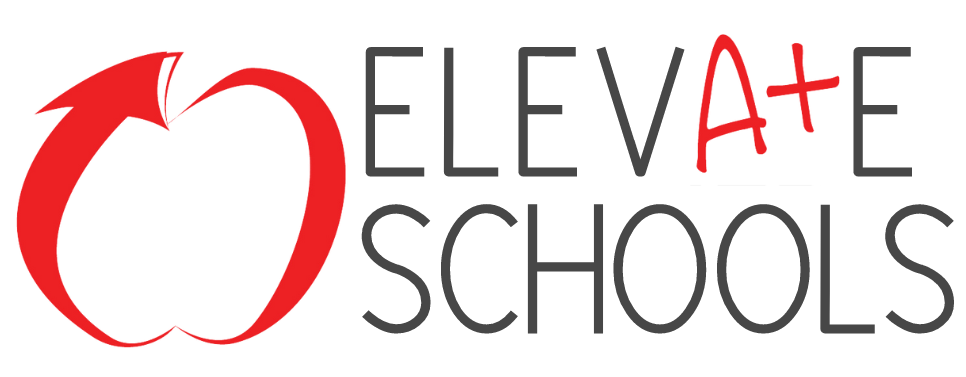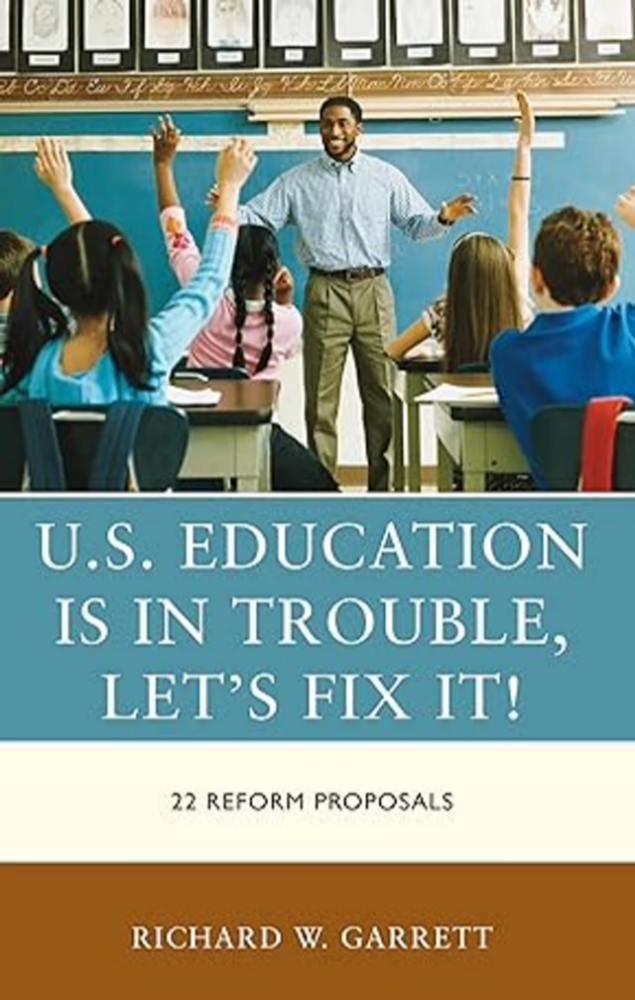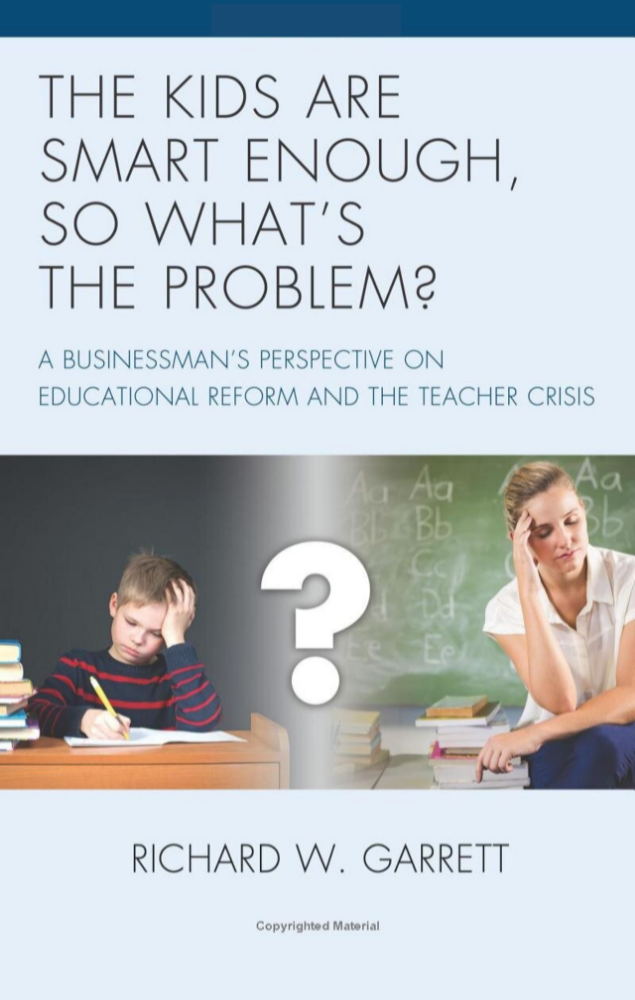American K-12 Education Isn’t Nearly As Good As We Think It Is
This article was originally posted in the Lakeland Times, July 27, 2021.
The performance of the US K-12 public school system is so poor that nothing less than a major overhaul, something akin to what the state of Maryland is undertaking, will fix its problems.
Many measures of quality in the nation’s public schools tell us what children do, not what they know. Metrics range from graduation rates to suspension rates, from school attendance to student-teacher ratios. There is an underlying assumption in these numbers that students absorb a sound base of knowledge as they travel through their K-12 journey. As we shall see below, this assumption is completely inaccurate for many children.
The most damning evidence comes from the assessment of adult competencies. The Program for the International Assessment of Adult Competencies, PIAAC, is a cyclical, large-scale study developed under the auspices of the Organization for Economic Cooperation and Development (OECD). It is a well-established measurement system used across the globe. In the most recent 2017/2018 study, they assessed a sampling of the US pool of 16 to 65-year old’s, a population of 219 million.
Here are the results for US high school graduates: (38 countries participated in this study but due to the resolution of ties, less than 38 countries are shown in the rankings.)
In literacy, 25 percent have the reading skills of a 10-year-old, placing America 12th among 29 nations measured. This dismal level of verbal competence worsened from 20 percent in the program’s previous 2012 study.
In numerical competence, 38 percent of Americans lack basic math-related skills. We rank 22nd among 32 nations. Our “numeracy” shortfall has deepened; the previous level in this category was 33 percent.
An assessment of “problem-solving in a digital environment” found 33 percent to be digitally incompetent, up from the 30 percent level the program reported in 2012. Currently, the U.S. ranks 11th among 25 nations.
This “getting worse” trend in their findings should be alarming to us all.
Additional Data Shows More Concerning Insights
US millennials (now 25-40 years old) are the least well-educated compared to similar age groups in the developed world. This result is drawn from competency testing.
The US Department of Education assessments of math and reading skills have not improved in 47 years. One implication, the many Federal programs have all failed.
International scores by the Program for International Student Assessment (PISA) places the US at 11th in reading, 29th in math and 15th in science.
Grade inflation is running rampant – the most often awarded grade in high schools are “A’s”. As a result, a national survey shows when parents were asked if their children were performing at or above grade level, 90% said they were. In fact, only 30% were. After all, their kids are bringing home “A”s. Here is another example of “widening the plate”. In 2014 a high school in Ohio awarded the honor of class valedictorian to 72 out of their graduating class of 222; the next year a Virginia high school awarded the title to 117 out of 457 graduates.
Disruptive children are stealing teaching time in 80,000 US schools. Our discipline collapse is a national tragedy. These results are derived from a 2004 study titled “Teaching Interrupted” published by the Brooklyn think tank, Public Agenda.
The state of Maryland, always a top contender for best state education system, recently assessed that only 40% of their high school graduates were college or career ready. My state of Indiana is currently 30%.
With all these issues, the US is facing a huge teacher shortage. The projection for 2025 is an annual need of 300,000 teachers and a supply of 100,000. We’re going to have a major train wreck!
What is Maryland Doing?
The state of Maryland is at the beginning of a major overhaul of their schools that should produce outstanding results. As we think about educating our children, we don’t give thought to the return on our investment. This is a key result from the Maryland study. They predict an outstanding return on their investment as assessed in dollars and cents but can’t quantify the massive intangible returns. When implemented, their program will change society for the better and eliminate many inequalities.
The first step in making needed changes is to replicate the Maryland commission in each state. Only then will people believe they have serious issues in their own public-school systems.
Dr. Andres Schleicher, a prominent expert in the international field of education, says:
The quality of schooling in a country is a reliable predictor of the wealth that country will produce in the long run.
Wake Up America
We’re nowhere near where we should be; in fact, we’re in deep trouble. We must make major changes; look at the Maryland proposal for guidance.




Leave a Reply
Want to join the discussion?Feel free to contribute!